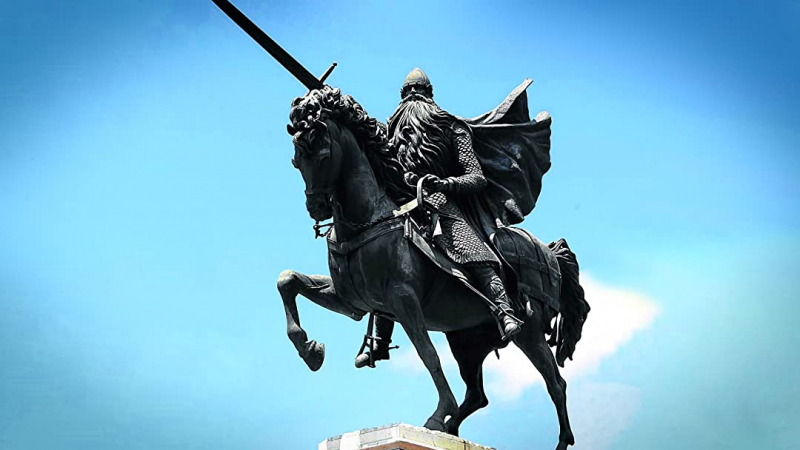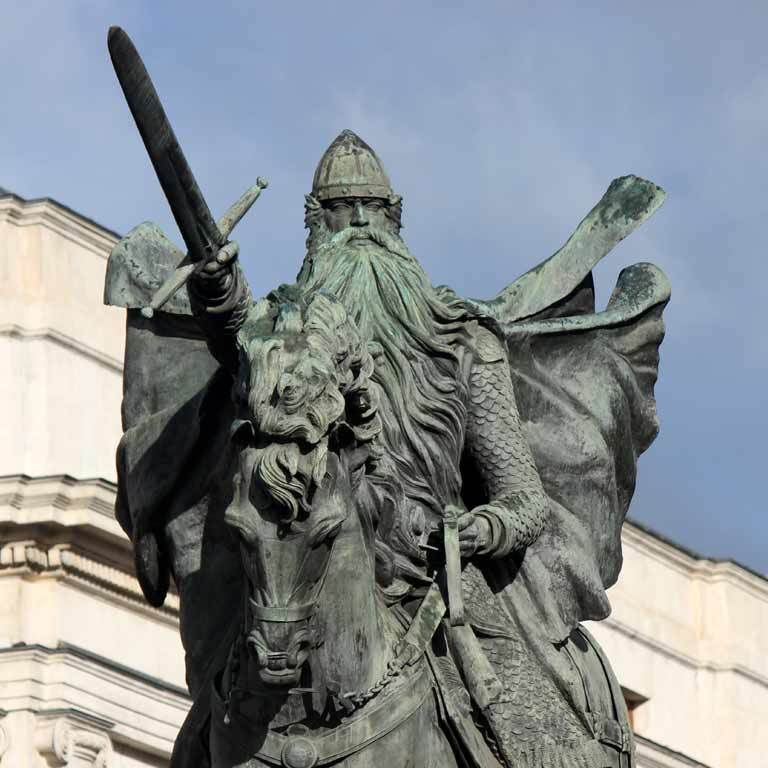His warhorse and the blade were very important to him

The Cid's legendary battle horse, the white stallion Babieca, was obtained, according to a well-known tradition. This horse has several different origin tales. According to a different legend, El Cid acquired Babieca as part of the struggle to become the King's champion even though he was already a powerful warhorse. The horse, according to yet another tale, was a gift from a Barbarian.
This tradition says that Pedro El Grande, Rodrigo's godfather, was a monk in a Carthusian monastery. Pedro chose a horse from an Andalusian herd as his graduation present to El Cid. The monk yelled, "Babieca!" when El Cid chose a horse that his godfather considered to be weak and unwise (stupid). As a result, it was given to El Cid's horse. The gray colt developed into a beautiful white war horse, a characteristic Carthusian horse known for its docility, loyalty, stunning looks, and agile hooves. Nevertheless, the name stayed but grew into a powerful warhorse. This tale has a striking resemblance to the tale of Alexander the Great's dubious adoption of the gangly and easily startled Bucephalus, who subsequently went on to become one of history's most illustrious battle horses. Whatever the case, it is obvious that El Cid loved the horse dearly because some legends claim that he requested to be buried with the animal. "Babieca" now appears in several El Cid-related works.
Besides "Babieca", "Tizona" was the name of the fabled blade used by El Cid, which is one of the interesting facts about El Cid that many people are curious about. To at least partially confirm its identification, as several purported. The sword recently underwent metallurgical examination, which proved that the blade was produced in Moorish Cordoba in the eleventh century and was in reality partially forged with Damascus steel. Tizona's have surfaced over the years. Due to the unexplained disappearance of the production techniques, Damascus steel has its unique attraction. Although steel has been replicated in modern times with a similar appearance, it is not the same. Dark ripples and the blade's exceptional longevity serve as indicators of the steel.








